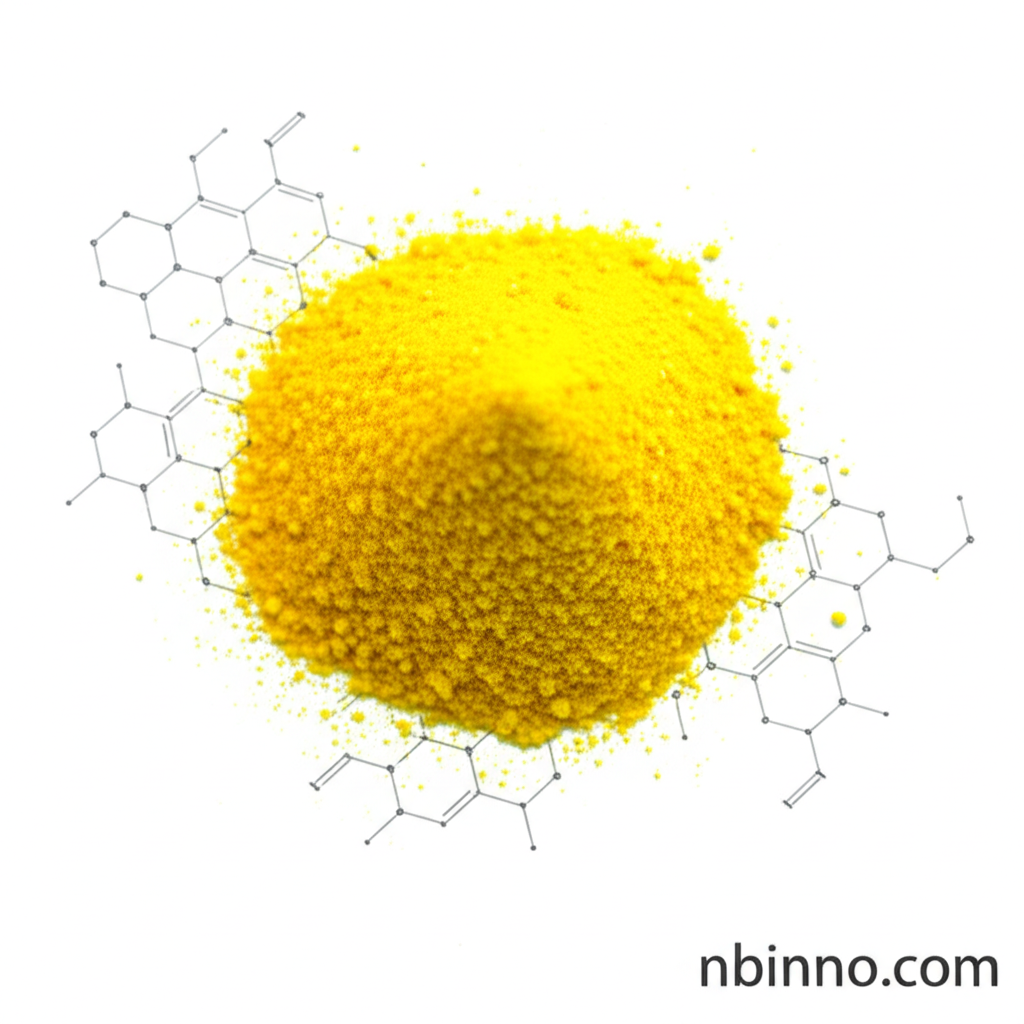Tris(2,2'-bipyridine)cobalt(III) tris(hexafluorophosphate): Enhancing Solar Cell Efficiency
Discover the potential of Tris(2,2'-bipyridine)cobalt(III) tris(hexafluorophosphate) for advanced photovoltaic applications.
Get a Quote & SampleProduct Core Value

Tris(2,2'-bipyridine)cobalt(III) tris(hexafluorophosphate)
This compound is a crucial material in the field of renewable energy, specifically for dye-sensitized solar cells (DSSCs). Its unique electrochemical properties make it an effective redox mediator, contributing significantly to the operational efficiency and voltage output of these advanced solar energy devices. It is synthesized to meet high purity standards, ensuring reliable performance in sensitive photovoltaic applications.
- Tris(2,2'-bipyridine)cobalt(III) tris(hexafluorophosphate) CAS 28277-53-4 is vital for optimizing solar cell performance.
- Explore the role of cobalt complexes for dye-sensitized solar cells in advancing energy technology.
- This compound serves as a key intermediate material for developing next-generation photovoltaic solutions.
- Learn about its application in DSSC electrolytes to achieve higher efficiency and voltage.
Advantages
Enhanced Solar Cell Efficiency
Leveraging its redox mediating capabilities, this material significantly boosts the overall efficiency of dye-sensitized solar cells, contributing to the development of more effective solar energy conversion.
Improved Voltage Output
The unique electrochemical properties of Tris(2,2'-bipyridine)cobalt(III) tris(hexafluorophosphate) allow for higher voltage generation in DSSCs, a critical factor for practical energy applications.
High Purity and Reliability
Synthesized to exacting standards, this compound guarantees high purity, ensuring consistent and reliable performance in demanding photovoltaic research and development.
Key Applications
Dye-Sensitized Solar Cells (DSSCs)
Used as a critical electrolyte component to improve charge transfer and overall cell efficiency, contributing to advances in DSSC material development.
Solar Cell Electrolytes
Essential for formulating advanced electrolytes that enable higher operational voltages and better performance in various photovoltaic devices.
Advanced Photovoltaic Materials
Serves as a building block for new materials in the renewable energy sector, driving innovation in solar energy conversion technologies.
Chemical Intermediates
Acts as a valuable intermediate in the synthesis of complex organometallic compounds for specialized applications in energy and materials science.
